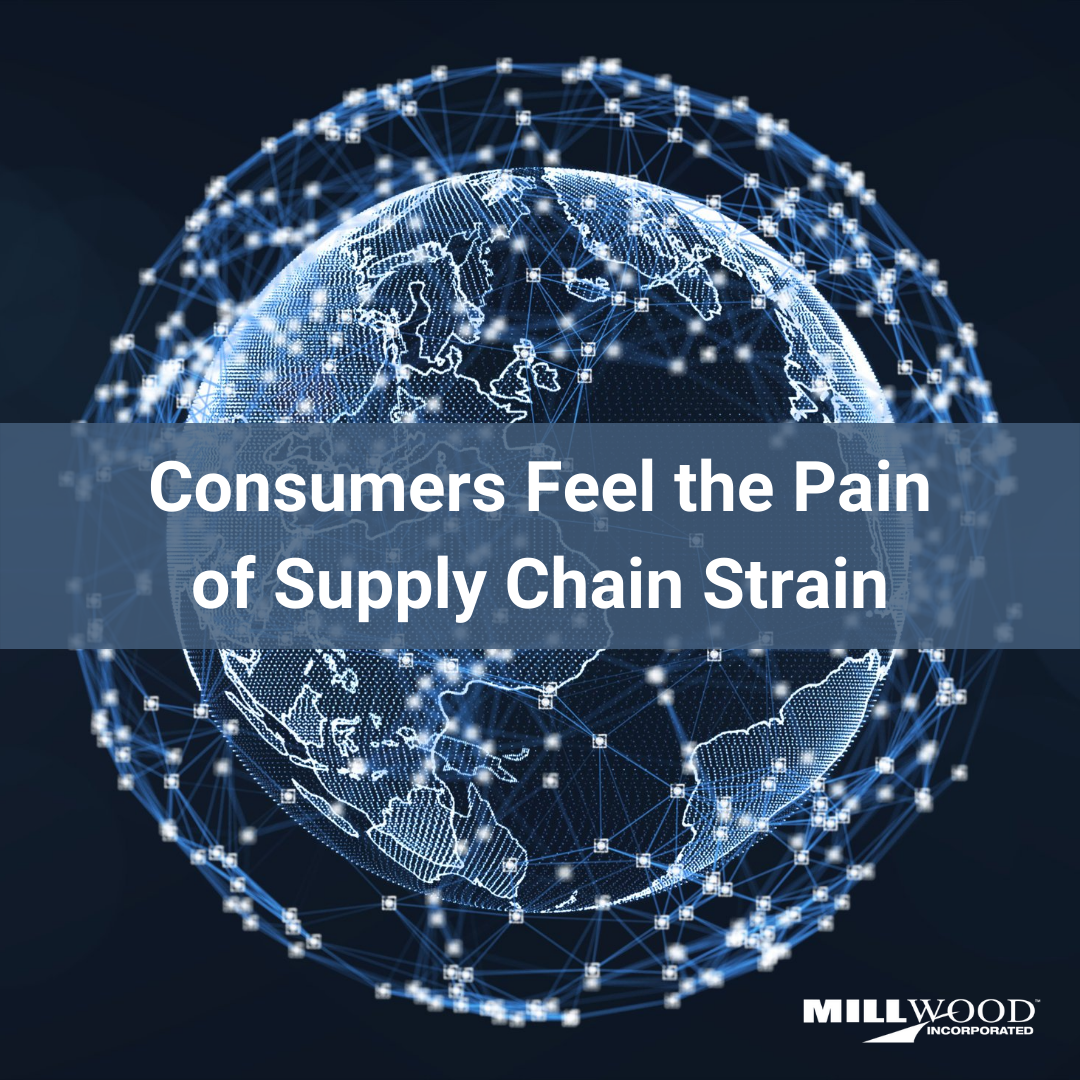Consumer goods are more expensive and harder to get than years past, yet demand continues to grow with no signs of slowing down, especially going into the holiday season. American shoppers, now accustomed to receiving their items in two days with one click, are growing less confident in the supply chain, with only 55 percent reporting they are confident that retailers will fulfill their online orders as promised, and only 38 percent reporting they have complete trust in retailers.
But that isn’t stopping shoppers from clicking the “buy now” button, and those instant gratification shopping habits are catching up with them. Now the global supply chain, normally the unnoticed background noise of the economy, is in the news on a daily basis, even spurring a logistics beat at the New York Times.
The pandemic created and worsened a spider web of issues that were already plaguing an overstrained global supply chain. While domestic and overseas manufacturers were shutting down and dialing back production in anticipation of a drop in demand, consumers were stuck at home and ready to buy more goods than ever.
They started updating their homes, upgrading their electronics and even buying new cars, and they were doing it almost entirely online. Manufacturers who had shut down weren’t able to just start right back up again to meet that demand, especially in the midst of a global health crisis where China was ground zero. The supply and demand mismatch led to shortages in everything from toilet paper to computer chips in 2020, and supply has yet to fully recover.
Some of these issues existed prior to the pandemic and have only gotten worse. For example, the truck driver shortage, frequently cited as one of the sticking points of current supply chain issues, started well before the onset of the pandemic.
According to the American Trucking Association in 2019, the industry had already been suffering from driver shortages for over 15 years due to factors like an aging workforce and difficult working conditions. At that time, the shortage was about 20,000 drivers, but it has grown to over 80,000 as of 2021.
Every product Americans buy is transported on a truck at some point during its journey, and a global lack of drivers is one major factor contributing to supply chain disruptions, leaving ships stopped at ports along the coasts with no one to transport the goods they carry.
Labor has been an issue at every link of the chain, from manufacturers to pallet mills to retailers. Millwood’s director of procurement, Doug Gaier, recently spoke on a podcast about how labor is affecting the market for pallets. Labor is getting scarcer and more expensive. Just as every product is transported on a truck, most of those products are also transported on a pallet; an increase in the cost of just one pallet increases the cost of shipping all the goods on that pallet. Thus, the spider web of disruption deepens.
Higher consumer demand. Fewer people to build and ship products. Manufacturing facilities struggling to recover from pandemic shutdowns. Ports clogged with shipping containers. The lasting impact of shipping disasters like the Suez Canal disruption. These are the realities that supply chain companies are facing, and the ripple effect increases in intensity at every step until it reaches consumers. In some cases, this means waiting six months for a new car or piece of furniture, and at worst, it can delay essential goods like food and medicine.
What is the solution? Unsurprisingly, there is no simple answer.
On the supply chain side, companies need to focus on resilience in the face of inevitable future disruptions. Firms who were able to keep their heads above water during and after the pandemic were the ones who were already investing in innovative, digital technologies in their warehouses and fulfillment centers. Continuing that trend will help us recover from current disruptions and armor us against future ones. Adjusting to labor demands and mitigating costs where possible will also be an important long-term step.
On the consumer side, adjustment of expectations is necessary. Most items are not going to be easily fulfilled as quickly or cheaply as years past. Consumers will need to plan ahead and expect delays heading into the holiday season. Brick-and-mortar retailers will also be facing difficulties keeping high-demand products in stock. For essential goods like food, medical supplies and toilet paper, consumers will need to avoid hoarding behavior to ensure all consumers are able to get what they need.
In short, patience and understanding of the difficulties we are all facing will go a long way.






